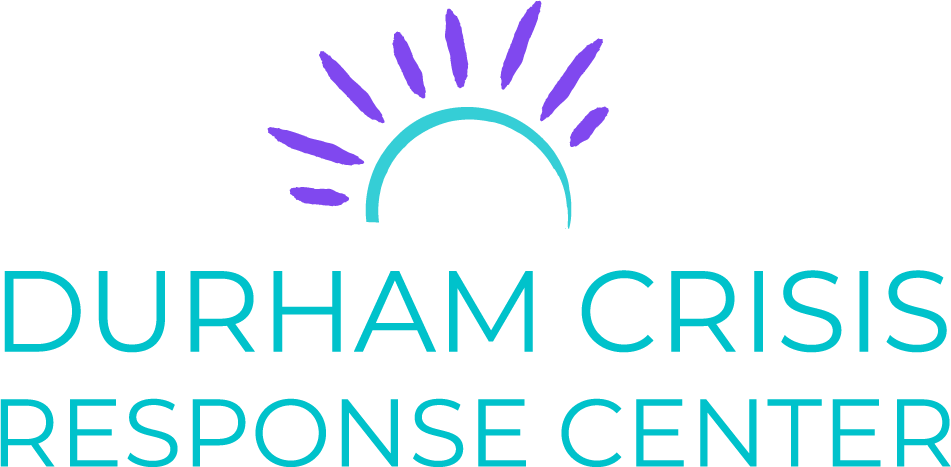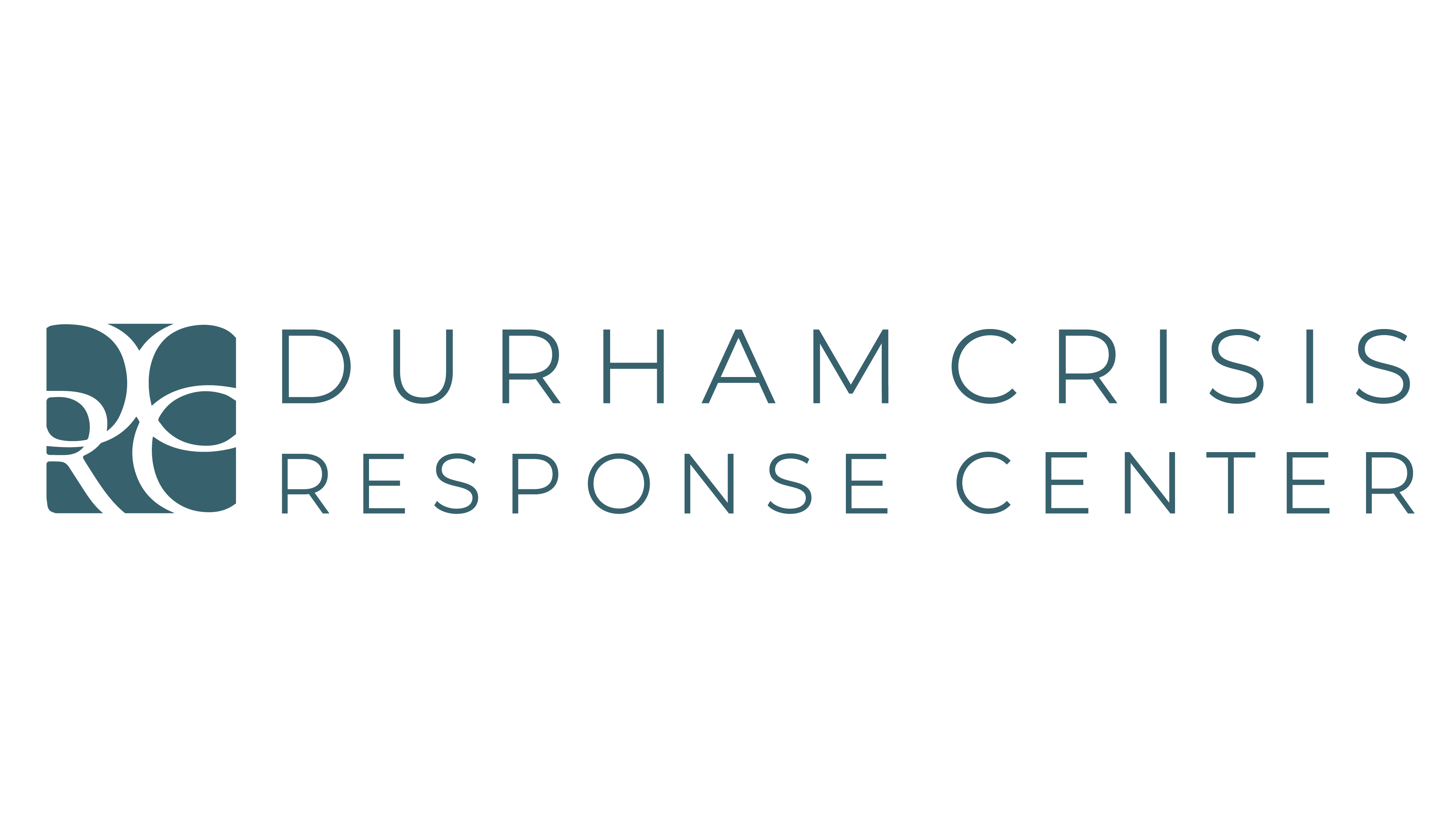Teen and Adolescent Support
It is never too early to educate teens and youth on safe relationship dynamics.
DCRC outreach staff provides training and discussions within local schools, and we are available to help adolescents if they are in danger.
If you are in need of help, we are here to help.
Checking In On Your Relationship
How are things feeling with my partner(s)? Do they:
-
Support me and respect my choices?
-
Acknowledge and validate my identity or identities?
-
Support me spending time with friends or family?
Do I:
-
Feel comfortable talking about my feelings, sex, and other important things with my partner(s)?
-
Feel like I can make my own decisions about my finances, schedule, friends, and gender expression?
-
Understanding Dating Violence
What is Dating Violence?
- Patterns of destructive behaviors used to gain and maintain power and control over a dating partner
- Can take place regardless of gender identity or sexual orientation of partners, in any type of relationship
- 1 in 3 adolescents between the ages of 12 and 19 in the United States will experience dating violence
- Adolescents who experience dating violence are also at higher risk for drug and alcohol abuse
If you suspect your child may be in an abusive relationship, contact us at 919-403-6562
Knowing the Signs of Intimate Partner Violence
Does your partner…
- Attempt to isolate you from your support network, such as your friends, family, school acquaintances, or others?
-
Threaten to out you – your gender identity, sexual orientation, or immigration status to friends, family, or at work?
-
Refuse to recognize your name, pronouns, identity, or preferred language?
- Pressure or force you to do something sexual you don’t want to do? Fetishize or exoticize your identity and/or body without your consent?
Do you share any of these common fears?
-
Do you feel like you have nowhere to turn for help and fear hostile responses from family, friends, service providers, therapists, or police?
-
Are you worried that if you report the violence, you won’t be believed?
- Are you worried that you won’t be believed if your attacker is not socially seen as a perpetrator?
-
Are you afraid of being outed if you tell your family, the courts, or report the violence to the police?
Understanding Sexual Violence
Sexual Violence May Take Many Forms
-
Sexual violence is any form of forced or coerced sexual activity, including, but not limited to: rape, incest, child sexual abuse, ritual abuse, stranger rape, date/acquaintance rape, partner/marital rape, sexual harassment inside and outside of the workplace, exposure, and voyeurism.
-
Sexual violence includes situations in which a person may be drunk, high, unconscious, or has a disability and cannot consent to sexual activity.
-
Sexual violence also includes coercion beyond agreed upon terms in sex work.
-
Sexual violence may occur on a date, between friends, partners, strangers, or clients.
-
Sexual violence happens to and are committed by people of all sexual orientations and gender identities.
-
Sexual violence is NEVER the fault of the survivor
-
Warning Signs of Abuse
Check in with your friends if you notice:
- Withdrawal from activities and/or friends they/he/she once enjoyed
- Engagement in new, risky behaviors like unprotected sex, drugs, and/or alcohol
- Changes in school grades or attendance
- Depression, anxiety, or other mood changes
- Fear of upsetting dating partner by expressing feelings, not answering calls or texts,
- Bruises, scratches, scars, or other marks on skin that may be hidden by unseasonable attire
Adapted from jwi.org

Healthy Traits
- Non-Threatening Behavior: Speaking and acting so that a dating partner feels safe and comfortable expressing herself/himself/their self and doing activities.
- Active Listening: Listening to a dating partner without judgment. Being emotionally affirming and understanding. Valuing her/his/their opinions.
- Trust and Support: Supporting partner’s goals. Respecting her/his/their feelings, friends, activities, and opinions.
- Honesty and Accountability: Accepting responsibility for self. Acknowledging past use of violence. Admitting guilt. Communicating openly and truthfully.
- Self-Confidence and Personal Growth: Respecting a partner’s personal identity and encouraging individual growth and freedom. Supporting her/his/their security in her/his/their own self-worth.
- Shared Power: Making decisions together. Taking mutual responsibility for recognizing influence on the relationship. Problem-solving to mutual benefit. Learning to compromise without one overshadowing the other.
- Communication: Willingness to have an open and spontaneous dialogue. Speaking with kindness. Listening without interruption. Paying attention to non-verbal and verbal cues.
- Negotiation and Fairness: Seeking mutually satisfying resolutions to conflict. Accepting changes. Being willing to compromise.
Unhealthy Traits
- Anger/Emotional Abuse: Putting them down. Making them feel bad about themselves. Name calling. Playing mind games. Humiliating her/him/them in private or public. Using guilt trips to make them feel bad about decisions.
- Using Social Status: Treating them like a servant. Making all the decisions in the relationship. Acting like the queen or king of the castle. Being the one to define relationship roles.
- Intimidation: Making someone afraid by using looks, actions, or gestures. Smashing things. Destroying property. Abusing pets. Displaying weapons.
- Minimize/Deny/Blame: Making light of the abuse and not taking concerns about it seriously. Saying the abuse didn’t happen. Shifting responsibility for the abuse of the victim.
- Threats: Making and/or carrying out threats to harm the victim, the victim’s family, the victim’s friends, or oneself. Threatening to report the victim to the police. Making them drop charges. Forcing her/him/them to engage in illegal activities.
- Sexual Coercion: Manipulating and making threats to get sex. Sabotaging birth control. Getting someone drunk or high to get sex.
- Isolation and Exclusion: Controlling what they do, who they see and talk to, what they wears, and where they goes. Limiting outside involvement. Using jealousy to justify actions.
- Peer Pressure: Threatening to spread rumors, expose their secrets, weaknesses, or sexually explicit photos. Telling malicious lies about them to peers.
(Adapted from the Teen Power and Control Wheel by the National Center on Domestic and Sexual Violence)
Prevention Education
(Safe Dates Program)
The goal of the program is to educate middle and high school aged youth about the link between dating violence, sexual assault, alcohol consumption, and substance abuse.
Teens will learn:
- Signs of harmful dating behaviors
- Effective communication and anger management strategies
- How to help a friend in an abusive dating relationship
- What consent really means and how to prevent sexual assault
- The impact of alcohol and other drugs on dating relationships
To learn more about the Safe Dates curriculum or to schedule training for teens at your school, church, or organization, contact 919-403-9425

Tips for Parents/Guardians to Prevent Dating Abuse
- Model healthy relationships in your home
- Talk to your teen about healthy relationships and healthy ways to handle conflict
- Engage in activities to build your teen’s self-esteem
- Keep lines of communication open with your teen
- Let your teen know that it’s okay to seek help if they have concerns about their relationship
Get Involved
Help support the mission of the DCRC by donating your time, money, or participating in one of our fundraising efforts.

